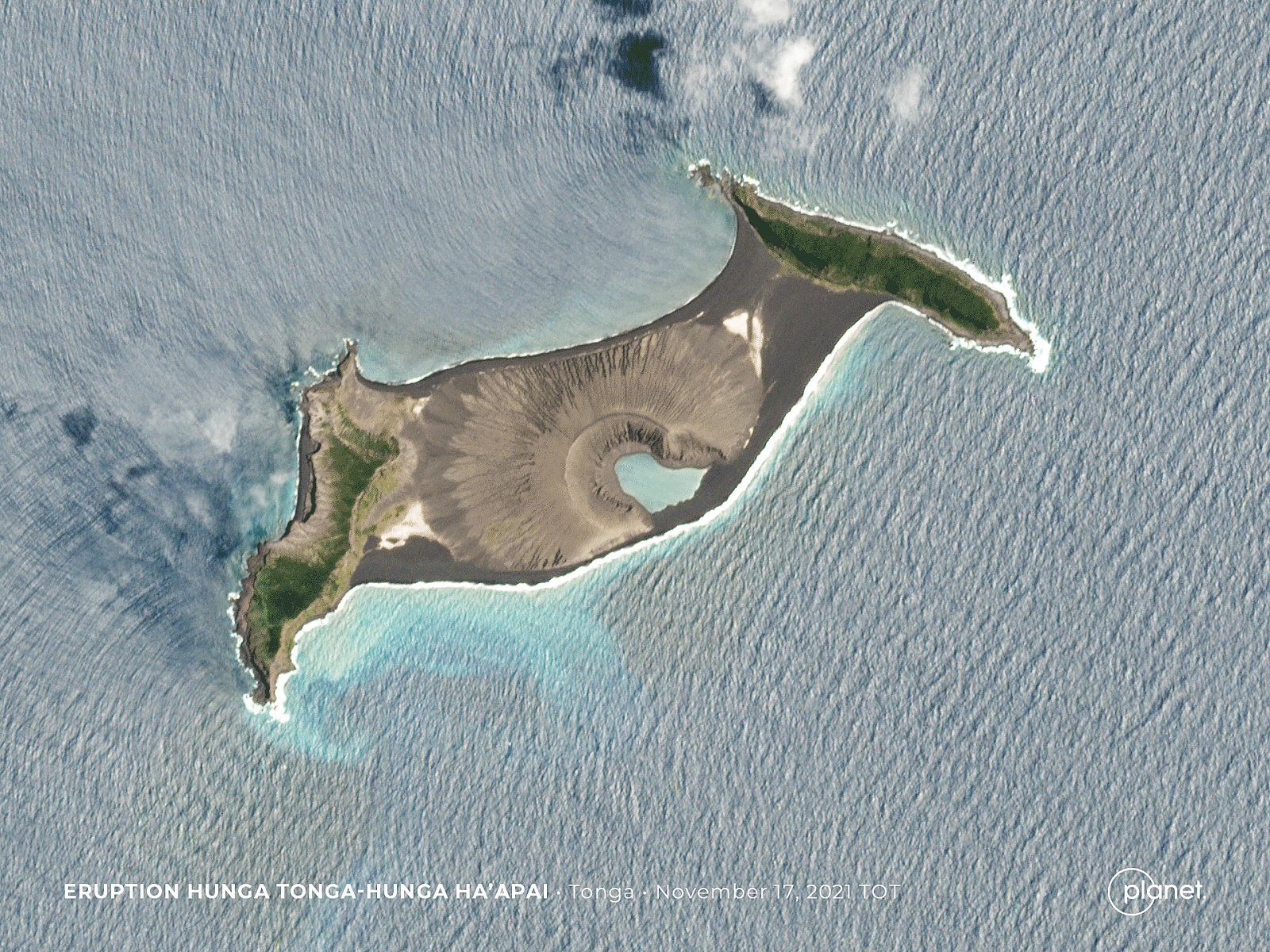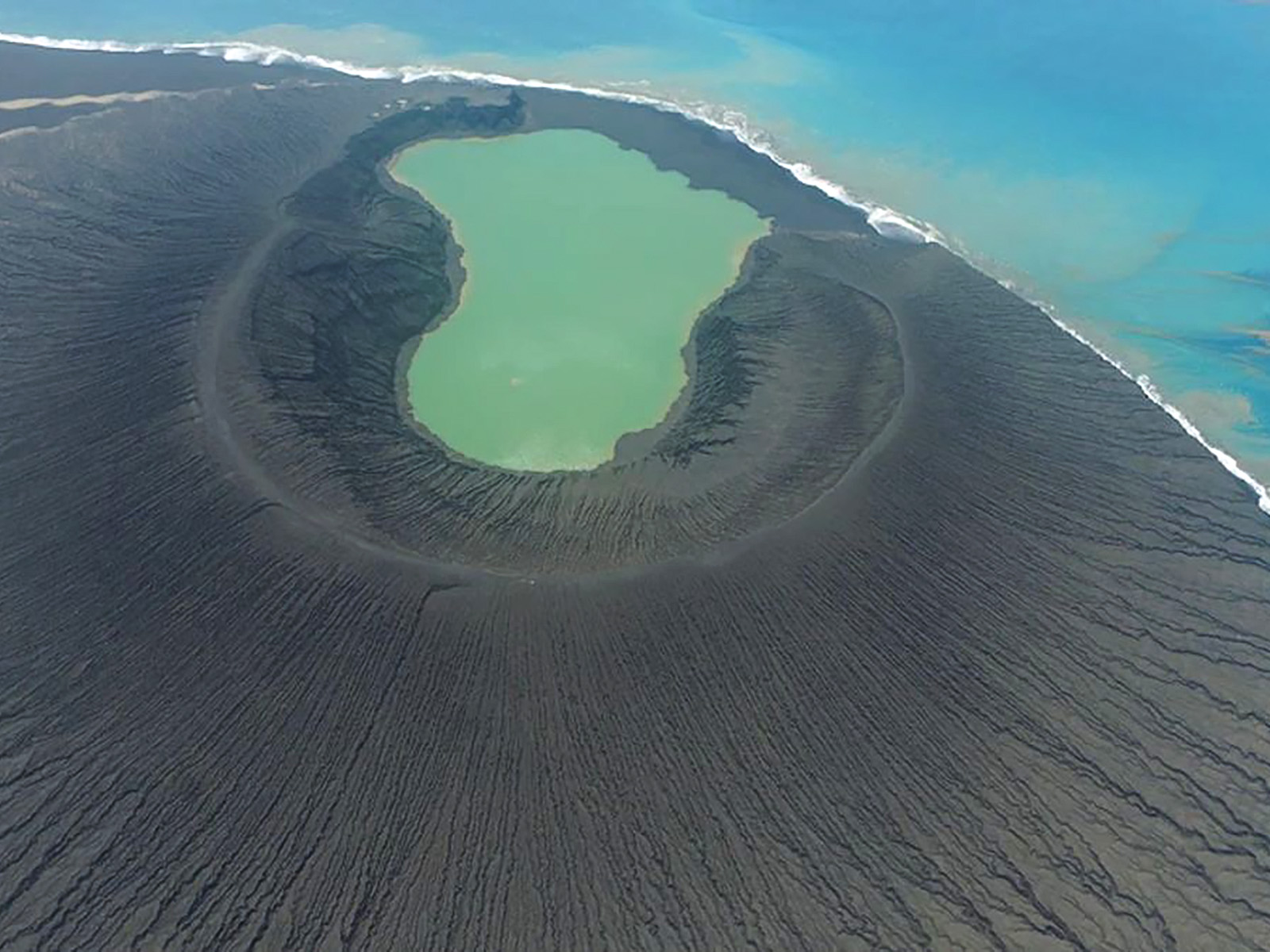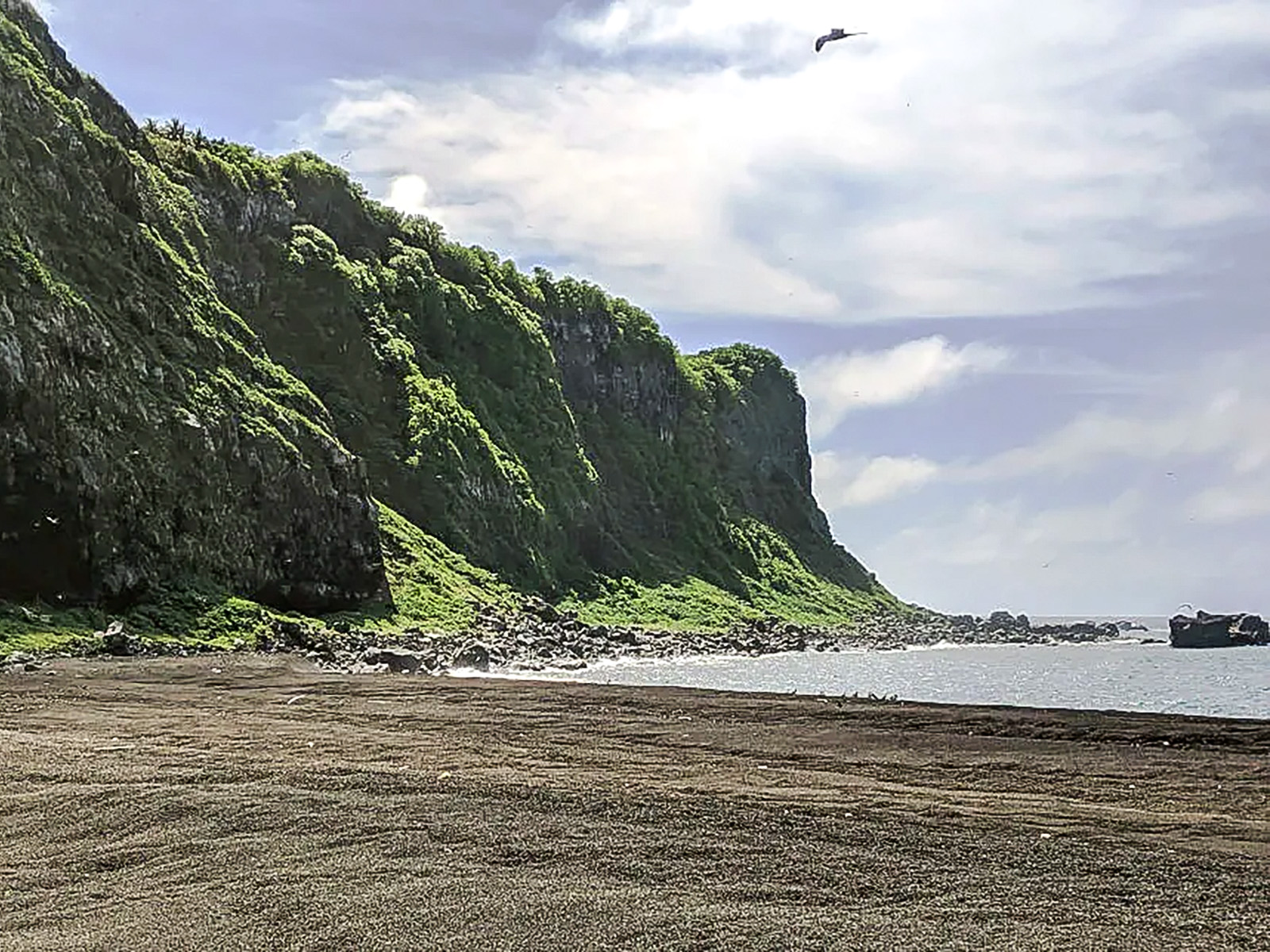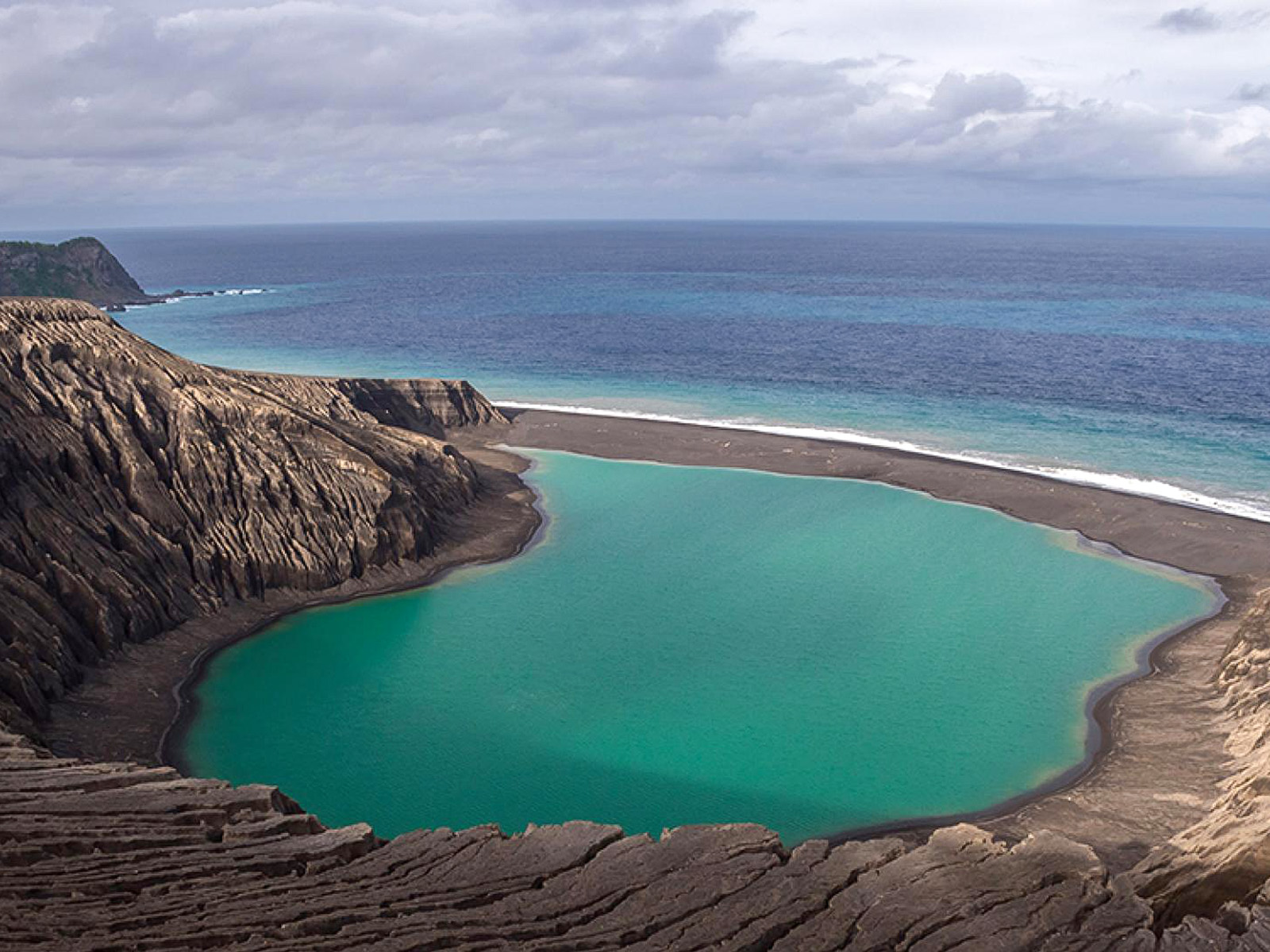The pinnacle of sea literature: The Old Man and the Sea
The scientific world was rocked by an unprecedented natural phenomenon in 2015. An island suddenly appeared in the Pacific Ocean. This island named Hunga-Tonga disappeared seven years later. So how did all this happen?
When the island of Hunga-Tonga appeared in the South Pacific seven years ago, some were already planning an eccentric vacation. In fact, the island was not at all unpleasant and did not look Martian at all. In contrast, there was a reef-like lake and a very romantic beach at the foot of a hill rising to 120 meters. Moreover, possibly thanks to the seeds in the bird droppings, the island had a green vegetation that spread rapidly.

When this new island appeared, there was an extraordinary opportunity not only for geologists but also for biologists. Because the appearance of a new island gave scientists a chance to learn how ecosystems begin. The island revealed some secrets during its 7 years of existence. Researchers found evidence of an unexpected community of microbes on the island that metabolize sulfur and atmospheric gases. According to the said study, this is quite similar to organisms that occupy very different habitats, such as hot springs or deep-sea hydrothermal vents.

Nick Dragone, a microbial ecologist at the University of Colorado, assesses the findings as follows: "We thought we would see the organisms you find when a glacier retreats, or cyanobacteria, which are more typical early colonial species. But instead, we found a unique group of bacteria that metabolize sulfur and atmospheric gases."

The scientific world is almost unanimous that Hunga-Tonga was born from a volcanic eruption on the seabed. The presence of volcanoes in that part of the South Pacific is one of the most important pieces of evidence for this idea. But the reasons for the island's disappearance are more debatable. The prevailing opinion is that the cause that created Hunga-Tonga was the same as the cause that destroyed it. In other words, the island was destroyed by a second volcanic eruption. In fact, when the volcano erupted again in January 2022, it unleashed the highest cloud of steam and ash in history.
While the story of Hunga-Tonga might remind you of the once popular TV series Lost, the history of science is full of hard-to-believe events like this one. Nevertheless, one must be prepared for the next time. Because not every new island will wait for you for seven years.


